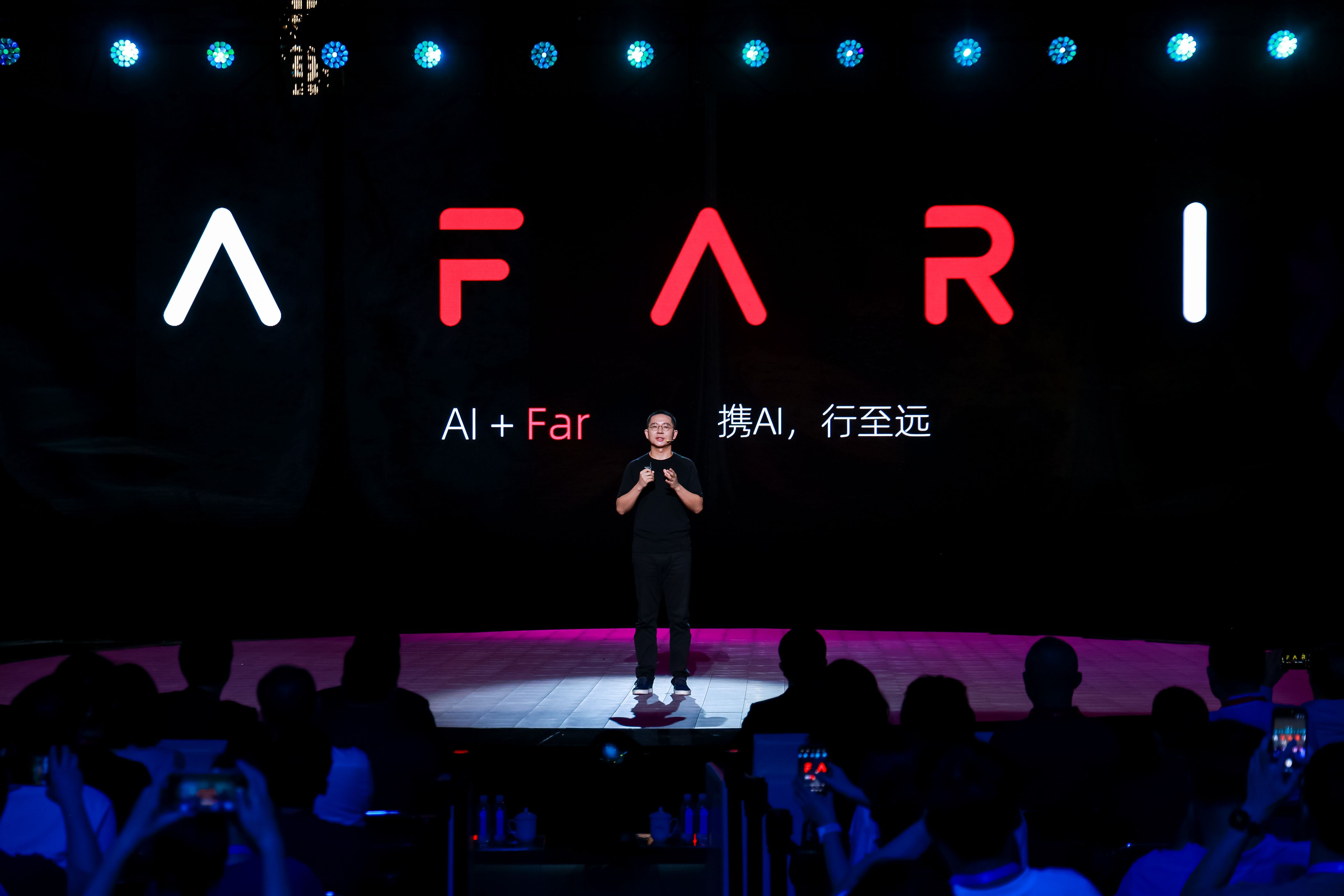Mandarin Chinese Decoded from Brain Signals: NeuroXess’s BCI-AI Breakthrough Expands Human Capabilities
Want to read in a language you're more familiar with?
NeuroXess,a Chinese company focusing on implantable brain-computer interfaces (BCI),has achieved a landmark brain-computer interface (BCI) milestone: decoding M...
NeuroXess,a Chinese company focusing on implantable brain-computer interfaces (BCI),has achieved a landmark brain-computer interface (BCI) milestone: decoding Mandarin speech from neural signals and enabling real-time Chinese speech synthesis. Published in Science Advancesand featured on Science’s homepage—following a July nod from Nature—the feat underscores language decoding as BCI’s core driver and advances its transformative fusion with AI.
The clinical trial centered on a patient with tumor-induced epilepsy involving the language center. During procedures to localize the epilepsy focus and preserve language function, the team tested Chinese decoding. After just 9 days of training, the system hit 71.2% accuracy in decoding 394 common Chinese syllables (covering >98% of daily speech), with 65ms latency per syllable and real-time sentence decoding at 49.6 characters/minute—fast enough for basic daily communication.
Powered by XessOS —which was independently developed by NeuroXess as its proprietary universal BCI operating system—the patient achieved key milestones: controlling a digital avatar to vocalize, conversing with large AI models in real time, and operating a robotic hand for complex tasks. For Lunar New Year, they even sent a “Happy New Year 2025” message via brain signals—showcasing the tech’s practicality and human-centric design.
“BCI isn’t just a medical tool—it’s a bridge to harness AI’s power,” said Tiger H. Tao, the founder of NeuroXess . The system links users to AI-powered tools (e.g., productivity assistants, smart home systems), aligning with BCI’s broader vision: empowering people to leverage AI, overcome physical limitations (impaired senses/limbs), and transcend cognitive/survival boundaries.
BCI has long been restricted to non-tonal languages like English, excluding billions of tonal language speakers—including those with speech impairments. This breakthrough changes that. “Tonal languages are global majority—this makes BCI accessible to millions left out of English-centric systems,” noted Matthew Leonard (UCSF). Sergey Stavisky (UC Davis) praised its “genuine progress”: decoding Mandarin in real timeduring speech (not reusing pre-recorded data)—a critical step for seamless BCI-AI integration.
Next, the team will boost accuracy/speed, test the system in stroke/ALS patients with speech loss, and develop wireless implantables BCI system for long-term use. Validated by Scienceand Nature, these steps bring BCI closer to its ultimate goal: a future where humans merge with AI to surpass biological limits.





